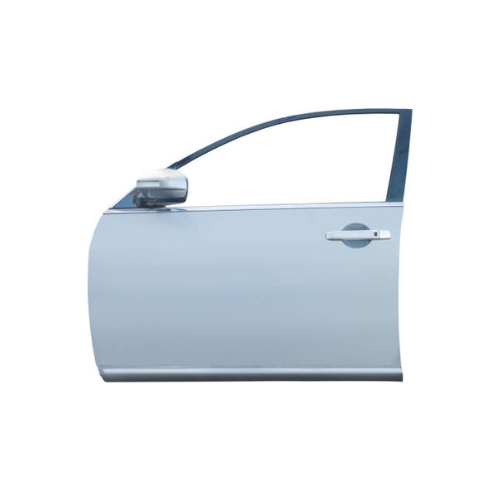1. Passenger Access and Comfort
Ease of Entry and Exit: Passenger doors allow people to comfortably enter and exit the vehicle, especially in multi-passenger cars like sedans, SUVs, or vans.
Convenience for Different Seating Positions: Cars with multiple passenger doors (e.g., four-door models) make it easier for occupants to access rear seats without needing to climb over or disturb others.
2. Safety
Emergency Exits: Passenger doors provide multiple exit points in case of emergencies, such as accidents or fires.
Crash Protection: Doors are reinforced with safety features like side-impact beams, crumple zones, and airbags, offering protection to passengers in the event of a collision.
3. Structural Integrity
Passenger doors contribute to the overall strength and rigidity of the car's structure. Properly designed doors ensure that the car maintains its shape and stability, particularly during impacts.
4. Design and Aesthetics
Balanced Design: The number and arrangement of passenger doors affect the car's design, symmetry, and appeal.
Functionality in Different Models: For example, sports cars often have two doors for a sleek look, while family cars have four doors for practicality.
5. Special Features and Accessibility
Child Safety Locks: Rear passenger doors often come equipped with child locks for added safety.
Accessibility Options: Sliding doors on minivans and powered doors on luxury vehicles enhance accessibility, especially for elderly passengers or those with disabilities.
6. Marketability
The number of passenger doors often defines the purpose of the car (e.g., two-door coupes for sportiness or four-door sedans for families), helping manufacturers target specific audiences.





